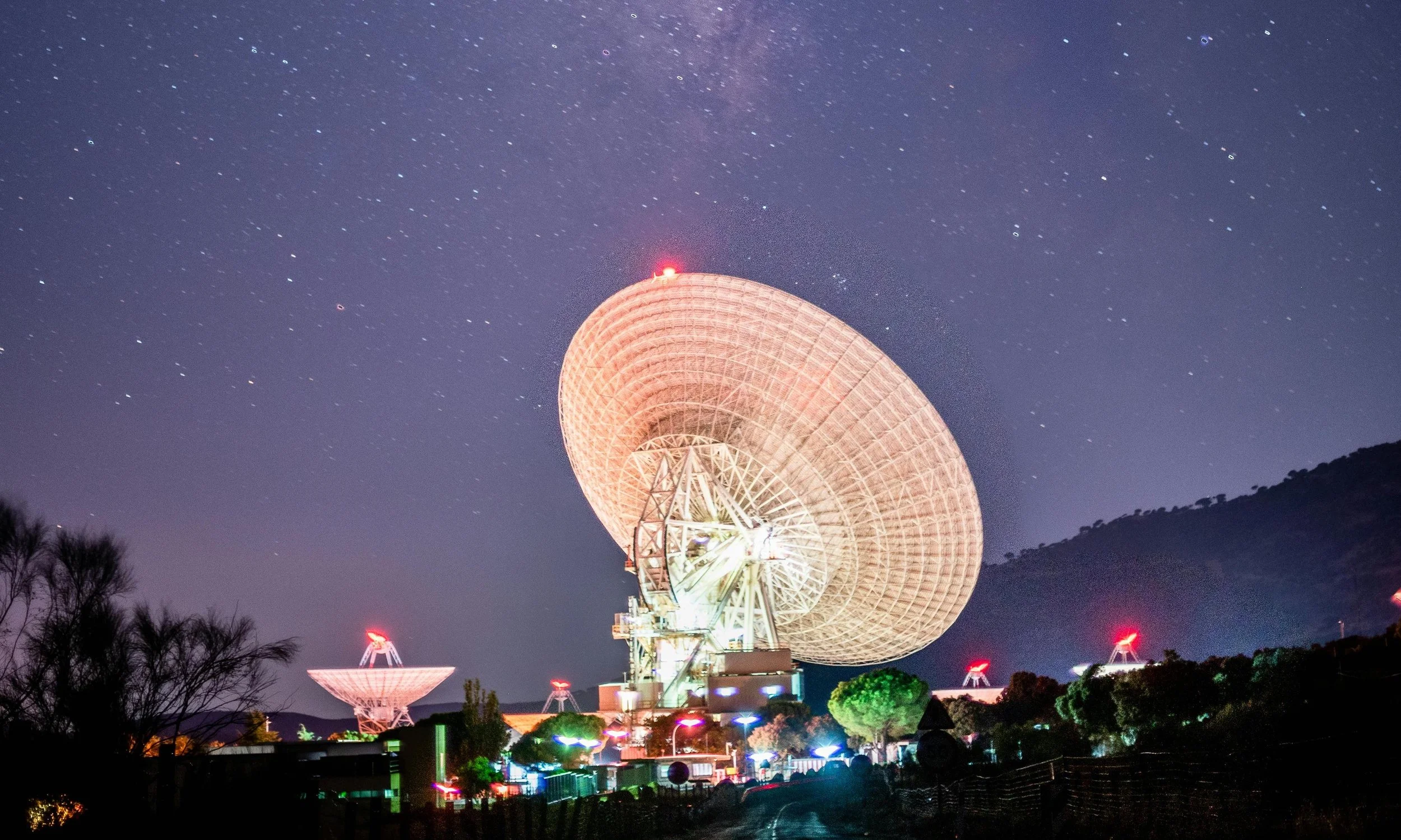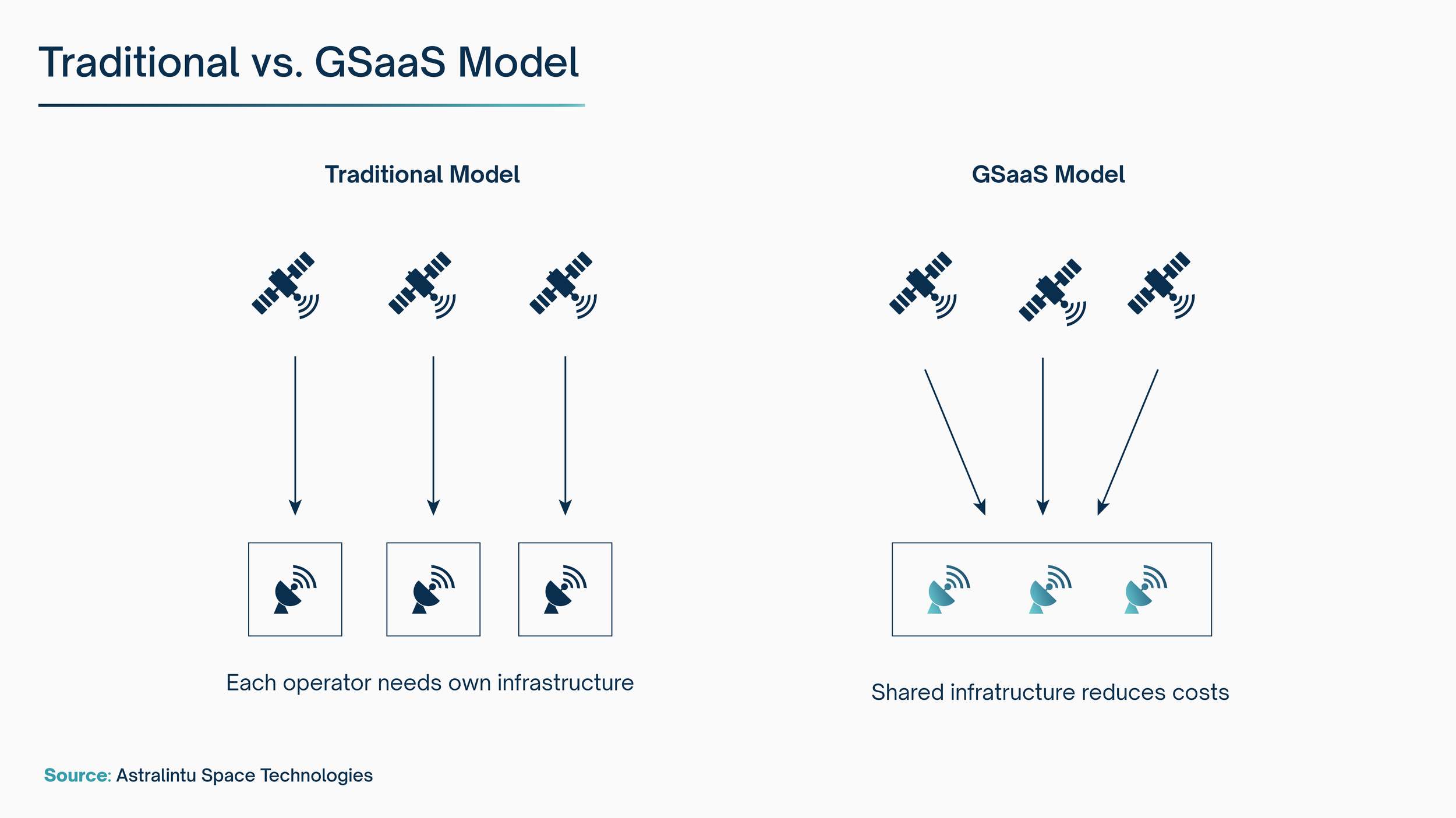Ground Station as a Service (GSaaS): The Key to Affordable, Scalable Satellite Operations
GSaaS: Connecting Space to Everyday Life
The space industry is evolving at an unprecedented pace. Not long ago, launching and operating a satellite was a privilege reserved for powerful governments and large corporations. Today, thanks to technological advances and decreasing costs, satellites are more accessible than ever—but they still need a way to communicate with Earth.
That’s where Ground Station as a Service (GSaaS) comes in. Instead of every satellite operator building and maintaining their own ground stations—massive antennas and high-tech hubs that send and receive signals from space—they can now use a shared global network of stations. This shift is making satellite operations more affordable, flexible, and widely available, fueling a new wave of innovation across industries.
How Do Ground Stations Work?
Think of satellites as floating data centers orbiting Earth. They capture images, climate data, signals, and measurements, but they need a way to send this information back to be processed and used. That’s the role of ground stations—specialized facilities equipped with antennas and communication systems that receive data from satellites, send commands, and ensure smooth operations.
Until recently, if you wanted to operate a satellite, you had to build your own ground station—a costly and complex endeavor. Now, with GSaaS, operators can rent access to an existing network of stations, just like businesses rent cloud storage instead of owning their own servers.
Why GSaaS Matters
This transition from owning to renting ground station services is making space technology more accessible than ever. Here’s why it’s such a game-changer:
Lower Costs – Companies no longer need to invest millions in infrastructure; they simply pay for the services they use.
Faster Access to Data – Instead of waiting hours to connect to a satellite, they can downlink data in real time from multiple locations worldwide.
Scalability – Whether managing a single satellite or an entire constellation, GSaaS provides access to a global network of ground stations.
A Growing Market with Many Players
With demand for satellite data skyrocketing, companies worldwide are expanding their GSaaS networks. Providers like SSC, Astralintu Space Technologies, Atlas Space Operations, KSAT, RBC Signals, Leaf Space, and AWS Ground Station are developing new infrastructure to support an increasingly diverse range of satellite missions.
Astralintu, for instance, is building LatZero-Link, a ground station network designed to enhance equatorial satellite coverage. Its flagship Equatorial Stargate, located at latitude zero in Ecuador, is set to play a key role in supporting both traditional space operators and new industries looking to leverage satellite data for innovative applications.
Not Just for Space Companies Anymore
The real game-changer in GSaaS is what Astralintu calls "massification"—a shift that extends ground station services beyond satellite operators to entirely new markets.
Traditionally, GSaaS customers were governments, space agencies, and major corporations managing satellites. But this is changing. As satellite manufacturing and launch costs drop, more small businesses, universities, and even local governments are gaining access to space.
This means a vast amount of new satellite data is becoming available, and it’s not just for space companies anymore. Businesses across different sectors—agriculture, logistics, finance, insurance, energy, and climate monitoring—are now leveraging GSaaS to access satellite insights, without ever needing to launch a satellite themselves.
Here’s how different industries are already benefiting:
Farmers can use satellite images to monitor crops and optimize irrigation.
Governments in developing countries can leverage satellite data for infrastructure planning, economic development, and security strategies.
Shipping companies can track global cargo movement in real time.
Disaster response teams can use satellite data to assess damage and coordinate relief efforts faster.
Financial analysts can study global economic trends using satellite-based trade monitoring.
Startups can create innovative services and applications based on satellite-derived information.
This massification of GSaaS is unlocking entirely new industries, seamlessly integrating space technology with real-world applications that improve lives and drive economic growth.
What’s Next for GSaaS?
As demand surges, GSaaS providers are investing in cutting-edge technologies to make ground station networks smarter, faster, and more efficient.
Here’s what’s coming in the next phase of GSaaS evolution:
AI-powered automation – Enhancing data transfers, optimizing signal routing, and even enabling intelligent distribution of satellite data to users.
Faster optical communications – Using laser-based technology to increase bandwidth and data transmission speeds.
Quantum encryption – Strengthening security for satellite communications, especially in defense and critical infrastructure sectors.
Expanded global coverage – Strategic locations like Ecuador’s equatorial region will play an increasingly crucial role in improving satellite access and data availability.
Networks like Astralintu’s LatZero-Link, with its Equatorial Stargate station, are already setting the foundation for the next generation of GSaaS infrastructure.
Final Thoughts: GSaaS is Changing the Game
GSaaS isn’t just about helping satellite operators connect to their satellites anymore. It’s about making space technology accessible to everyone—governments, businesses, researchers, and industries that previously had no direct involvement with space.
Companies like Astralintu are pushing the boundaries, expanding our LatZero-Link network to serve both established space players and new industries that can benefit from space-based data. This isn’t just a technological shift—it’s a fundamental transformation in how the world interacts with space technology.
In the coming years, ground stations won’t just connect satellites to Earth—they’ll connect space to everyday life, making satellite data a powerful tool for businesses, communities, and economies worldwide. The future of GSaaS isn’t just about satellites—it’s about the people, industries, and innovations that will benefit from space data in ways we are only beginning to imagine




